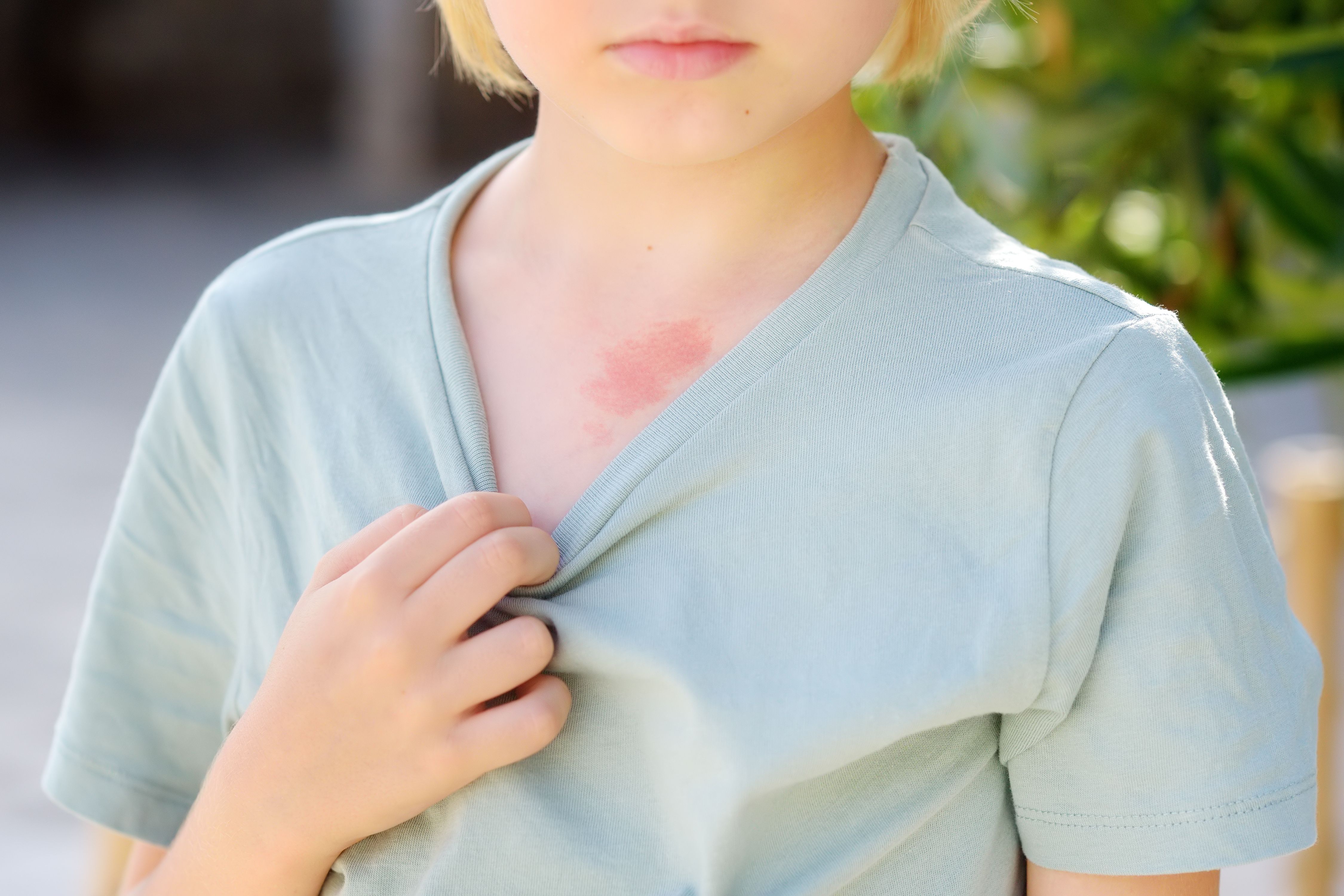- Case-Based Roundtable
- General Dermatology
- Eczema
- Chronic Hand Eczema
- Alopecia
- Aesthetics
- Vitiligo
- COVID-19
- Actinic Keratosis
- Precision Medicine and Biologics
- Rare Disease
- Wound Care
- Rosacea
- Psoriasis
- Psoriatic Arthritis
- Atopic Dermatitis
- Melasma
- NP and PA
- Skin Cancer
- Hidradenitis Suppurativa
- Drug Watch
- Pigmentary Disorders
- Acne
- Pediatric Dermatology
- Practice Management
- Prurigo Nodularis
- Buy-and-Bill
News
Article
Young Patients With Dermatologic Conditions Face Increased Risk of Attachment Insecurity
Author(s):
This increased risk was particularly heightened among pediatric patients who fell under an anxious pre-occupied subcategory.
Pediatric patients with dermatologic conditions, particularly those who can be described as anxious pre-occupied, have an increased risk of attachment insecurity, according to a study1 published in Child: Care, Health, and Development.
Maria Sbytova/AdobeStock

Researchers sought to examine whether a cohort of patients between the ages of 8 and 16 who had been diagnosed with a chronic dermatologic condition faced greater levels of attachment insecurity than otherwise healthy peers of the same age group. They also hoped to examine a potential relationship between attachment style and a patient’s overall psychosocial functioning, while also examining whether facial involvement played a role in attachment insecurity. According to Soon et al, the relationship between dermatologic conditions and attachment has not been examined in young patients, despite several studies of a similar nature examining this relationship in adult patients.
The cross-sectional study included a total of 122 patients of a pediatric dermatology outpatient clinic. In these patients, their chronic dermatologic conditions had been present since the first 2 years of their lives. Patients with acute sickness or global developmental delays were excluded from participation.
All participants underwent a 3-step evaluation process, which included a background questionnaire, completion of the Strengths and Difficulties Questionnaire (SDQ), and the Child Attachment Interview (CAI). The questionnaire garnered demographic and medical information, including extent of affected skin, and was completed by the child’s parent or guardian.
In using a Goodness-of-fit Chi-Square Test, researchers compared attachment data from patients with dermatologic conditions and general population data representative of the United Kingdom as a whole. They also investigated attachment categorizations and their respective psychosocial differences, including differences between patients with facial and non-facial involvement.
According to the data obtained by researchers, children with chronic dermatologic conditions were 1.56 times more likely to experience attachment insecurity than their peers without these conditions. Furthermore, children with dermatologic conditions were more likely to experience an insecure, pre-occupied attachment style. There was also a notable and significant difference in attachment to a child’s mother in the dermatologic cohort; however, this difference was not applicable to fathers.
Additionally, patients with secure attachment styles had statistically significant and better results than those with insecure attachment styles in the self-reported areas of conduct, emotional symptoms, hyperactivity, peer relationship problems, and total difficulties. However, this difference did not translate in parent-reported descriptions of psychological functioning.
Researchers reported no difference in attachment insecurity among patients with and without facial involvement of their respective condition.
This study had several reported limitations, including uneven proportionate spread across subcategories, sourcing of participants from a single center wherein several families declined to participate, and a lack of ability to examine causal direction of relationships between attachment, dermatological morbidity, and psychological functioning.
“This was the first study to investigate the role of attachment in children and young people with chronic dermatological conditions. Findings suggest that this group is significantly more likely to be insecurely attached than the general population,” according to Soon et al. “The broad associations found in the current study indicate that further research in attachment style and pediatric dermatological conditions is warranted, but that greater specificity in attachment-related process and illness variables is needed to properly understand causal relationships.”
Reference
- Soon K, Shipton A, Wray J, Butler S. Attachment style and children and young people with chronic dermatological conditions. Child Care Health Dev. Published online July 24, 2023. doi:10.1111/cch.13152






